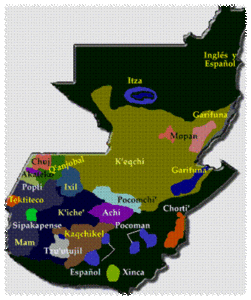Multilingual Education
and the Connection to UDL
I recently reviewed two journal articles on the intersection of UDL and multilingual education. You can read the full review below:
One concept I’d like to explore more in depth is the merging of Translanguaging and Universal Design for Learner.
What is translanguaging?
What is TrUDL?
TrUDL (Cioe Pena, 2022) is the merging of translanguaging with the Universal Design for Learning framework. In this research, translanguaging is presented as a theory and pedagogical practice for emerging bilinguals. It is integrated with UDL as a means to meet the needs of multilingual learners who have also been identified with a learning disability. Cioe Pena presents ways in which these two frameworks intersect. Recently, I reviewed the article in TESOL Quarterly by Maria Cioe Pena called TrUDL, A Path to Full Inclusion: The Intersectional Possibilities of Translanguaging and Universal Design for Learning.
For more on what translanguaging is Check out this video:
So what?
1.1 b Customized Learning Experience Students build networks, and customize their learning environments in ways that support the learning process
With translanguaging, students are able to customize their learning experience by using multiple languages to construct knowledge and communicate. This is particularly important for the students who have been dually identified as multilingual learners and those with special learning needs. It is crucial for these learners to customize their learning by finding strategies that help them find success in the classroom. When teaching the skill of summarizing for example, some students might find it helpful to watch a video in Spanish and then summarize the main points in English.
Now What? – Future plans for Teaching and Learning with Tech?
Students will be able to articulate when it is beneficial for them to use a language other than English to complete a task. Take the example in the video. Is it useful for students to read about a historical topic in their L1? Maybe. That is up to the student and depends on their background and experiences as a multilingual learner. They need to advocate for themselves and their learning needs.
As an educator, I am still grappling with my understanding of theories/practices such as translanguaging. It’s more than just allowing students to use their first language in the classroom. It’s also more than allowing students to lean too heavily on their first language in an ELD classroom. It would be interesting from a sociolinguistic lens to talk to students from Guatemala who already move seamlessly between the Spanish language and certain Mayan dialects. What drives the decisions of these learners to use one language over the other and in what context? How can technology and UDL support the movement between languages?

A map of the various dialects spoken in addition to Spanish in Guatemala